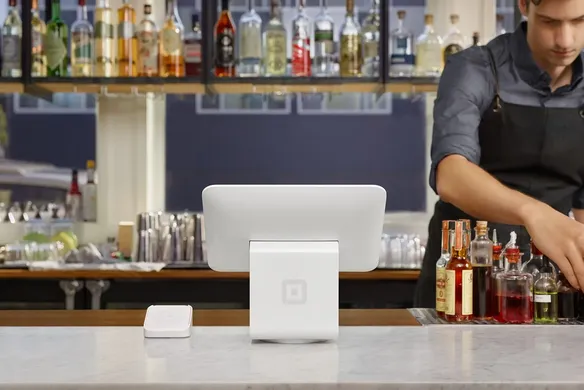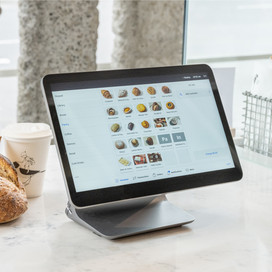You may feel like most of your major decisions have already been made. You picked your industry, identified your specialty, named your business, chose a business structure, and found a location. Maybe you’re starting to plan the details of your space, whether that’s at home, in an office, or a storefront.
Those are all important aspects of your business, but now it’s time to choose what technology and tools to put in place. Deciding on those tools may seem like small decisions, but they can affect how smoothly your business runs and, thus, your success in the long run.
Tools and technology can help you manage cash flow, make better decisions, create better customer experiences, and save time (and money). The most important rule of choosing technology: Identify tools that will grow with your business as it evolves.
If you don’t consider yourself to be tech savvy and you’re not even sure where to start, or need a little guidance, we’ve got you. Here are five tools you should consider implementing to help you grow your business.
-
Wi-Fi for you and your customers
It may seem like a no-brainer, but your business may need Wi-Fi. Almost everything connects to the internet now. You’ll likely need it to run a lot of the tools you use every day. For example, your point of sale may use an internet connection.If you have a physical store, offering Wi-Fi can also improve your customers’ experience. In fact, it could even be a way to draw customers in. And if you’re starting a cafe or a coffee shop, your customers will likely expect you to offer free Wi-Fi.
-
A well-rounded POS
Having a POS, at the most basic level, lets you record sales, accept payments, and route funds to your bank. But you should be looking for more, like built-in functionality and software integrations that make it easier to run your business.Square’s POS, for example, also provides you with the ability to track sales and inventory so you can know what’s working and where you can improve (which helps you make better-informed decisions). It also allows you to create customer profiles, so you can make each interaction better than the last.
Whatever POS you choose, make sure it isn’t a headache to learn and it’s easy to train employees on.
-
Options for payments
With fewer people carrying cash in their pocket, you want to have a few different ways to take payments. To stay competitive, make sure your system accepts mobile payments (like Apple Pay and Android Pay) and can read chip cards. Look for a service that covers these areas and also provides resources for risk management, fraud detection, and disputes.And don’t forget about invoices. If you need to invoice customers regularly (or even if it’s only every once in a while), consider using online invoices that sync with your POS and allow you to set up recurring, scheduled invoices.
-
A killer website
Whether you’re planning to sell your products online or want to have a general website to engage customers, you need to create a website that appeals to your customers.When creating your website, look for a platform that can be optimised for mobile. Phones are glued to people’s hands and if it’s difficult for customers to shop your site on their phone, you could lose out on customers.
![]()











